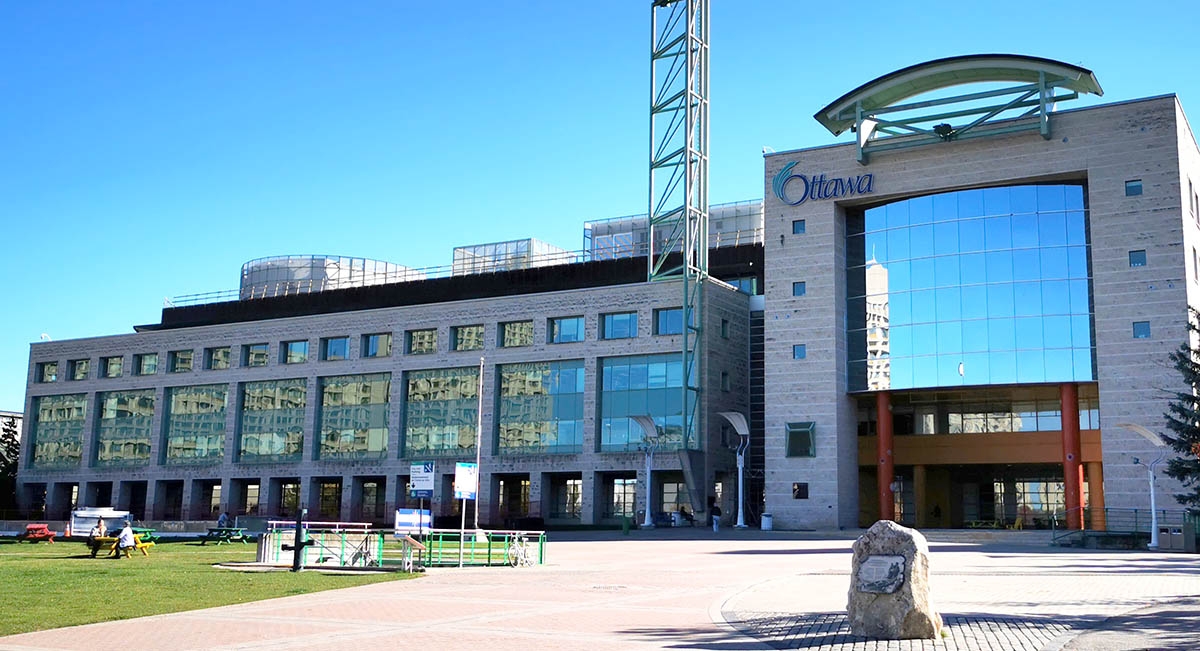
Albertans Must Get Inventive in Healthcare as Price of Oil Slides Further
As world oil prices and the Canadian dollar slide perilously, Albertans must become more inventive and rigorous in managing our costs – and our expectations – especially in high-cost areas like infrastructure, education and health care.
Health care is the biggest challenge. We cannot turn off the population’s health care needs simply because provincial revenues are declining. Illness is oblivious to low commodity prices and market share.
Unless we become inventive, health service declines are inevitable. The temptation to reduce surgeries such as hip and knee replacements and cataract removal will be irresistible. The general public will notice these changes as increased wait times. In fact, we’ve already seen increases in wait times for hip and knee replacements in Alberta – one of the leading indicators of our health care system’s performance.
Yet hip and knee replacement is actually an area where we have inventive opportunities waiting to be tapped. “Gain sharing” is one such innovative approach.
Health care teams in hospitals around Alberta, supported by Alberta Bone and Joint Health Institute (ABJHI) and Alberta Health Services’ Bone and Joint Strategic Clinical Network, have for the past five years led efforts to improve the quality and efficiency of orthopaedic care. As a result, patients undergoing hip or knee replacement require fewer blood transfusions, are up and mobile sooner after surgery, have less pain and better physical outcomes, and are home from hospital sooner.
The savings in hospital beds freed up by patients returning home sooner and from blood transfusions have exceeded $40 million to date.
Allowing these health care teams to share in the gains they make by reallocating resources to more operating room time and more dedicated hospital beds to enable more surgeries would create a virtuous circle of improved performance and decreased wait times. It might also add an element of competitiveness as health care teams look to out-gain each other to the benefit of patients and the health system.
Alberta could further put some of the savings from this success into smart investments like an orthopaedic registry that would serve as a valuable storehouse of rich and current data on health care performance in critical areas of quality, such as recovery of joint function, pain reduction and implant safety.
Related: Can wait times for hip replacements in Canada be shortened?
Alberta has made strides in collecting wait time data but there is no single registry in the province or anywhere else in Canada that collects the range of performance data needed to guide modern medical practice and service planning in orthopaedics. A storehouse of reliable information across a broad range of quality indicators would have positive effects on clinical decision-making and resource planning. The value to both patients and the health system would be enormous and the investment very modest.
One area of clinical decision-making that would have broad implications for patient satisfaction, economic savings and wait times is patient appropriateness for surgery. Patient feedback analyzed by ABJHI suggests that almost two in 10 knee replacement patients in Alberta derive little to no benefit from their surgery. A research team working in Alberta is now developing criteria to help surgeons and their patients assess the likelihood of benefit from knee replacement.
Applying such criteria could reduce wait times for those who need – and are likely to benefit from – the surgery with some of the savings produced used to enhance non-surgical treatments known to produce excellent outcomes.
There are silver linings in those dark economic clouds over Alberta. If we are resourceful and make evidence-based, intelligent decisions now, there is no doubt the province will be much better off when the sun shines again.
 Martin Ferguson-Pell, Ph.D., is Executive Director of Alberta Bone and Joint Health Institute and a contributor to EvidenceNetwork.ca.
Martin Ferguson-Pell, Ph.D., is Executive Director of Alberta Bone and Joint Health Institute and a contributor to EvidenceNetwork.ca.












